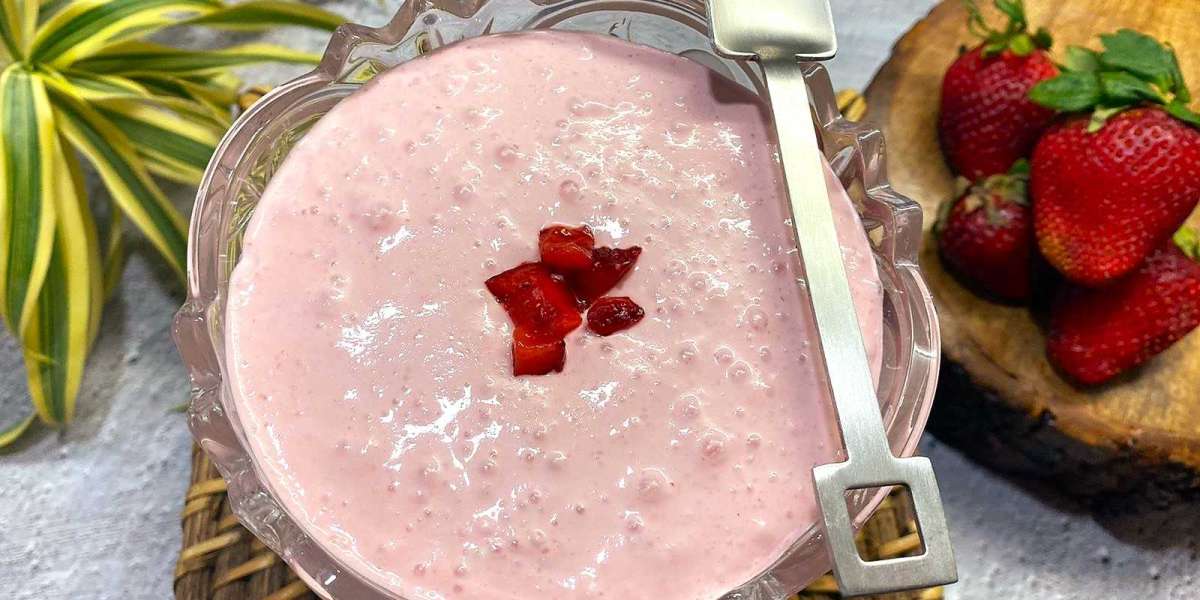The growing popularity of vaping has sparked curiosity and concern about the ingredients used in e-liquids. Often marketed as a safer alternative to traditional smoking, vaping still raises questions about its long-term effects and safety. Understanding what goes into an e-liquid is crucial for informed decision-making, whether you're a vaping enthusiast or simply curious. Let’s dive into the components of e-liquids, their roles, and what science says about their safety.
RandM Fumot T9000 Replaceable Vape Device: A Game-Changer for Vaping Enthusiasts
The RandM Fumot T9000 Replaceable Vape Device redefines convenience and performance in the vaping world. Boasting a robust 9000-puff capacity, this innovative device combines long-lasting use with the versatility of replaceable cartridges. Designed for ease of use, it features adjustable airflow and a sleek, ergonomic design, ensuring a personalized and comfortable vaping experience. Its high-capacity battery and wide flavor options cater to both novice and experienced vapers, making it an ideal choice for anyone seeking quality and flexibility.
What Is E-Liquid?
E-liquid, also known as vape juice, is the substance heated in a vaping device to create vapor. It typically consists of a mix of propylene glycol (PG), vegetable glycerin (VG), flavorings, and, in some cases, nicotine. Despite its simple composition, the quality and safety of e-liquid ingredients can vary depending on the manufacturer.
The Core Ingredients of E-Liquids
1. Propylene Glycol (PG)
Propylene glycol is a synthetic liquid commonly used in food, cosmetics, and pharmaceuticals. In e-liquids, PG serves as a carrier for flavor and contributes to the "throat hit" sensation that mimics the feel of smoking traditional cigarettes.
- Purpose in E-Liquid: Acts as a solvent for flavorings and nicotine, ensuring even distribution.
- Safety: The FDA recognizes PG as generally safe for ingestion. However, inhalation studies are limited. Some users report throat irritation or allergic reactions.
- Potential Concerns: PG is mildly hygroscopic, meaning it can dry out the mouth and throat with prolonged use.
2. Vegetable Glycerin (VG)
Derived from plant oils, vegetable glycerin is a thick, sweet-tasting liquid. It creates dense vapor clouds, making it a favorite for those who enjoy "cloud chasing." VG is often used in skincare products and food items.
- Purpose in E-Liquid: Provides the smoothness of the vapor and enhances cloud production.
- Safety: Like PG, VG is generally recognized as safe for consumption but less studied for inhalation.
- Potential Concerns: Excessive VG can cause residue build-up in the device, impacting performance.
3. Flavorings
E-liquids come in a wide range of flavors, from tobacco and menthol to fruity or dessert-like options. These flavors are created using food-grade flavoring compounds.
- Purpose in E-Liquid: Enhances the sensory experience of vaping.
- Safety: While food-grade flavorings are considered safe for ingestion, their safety when inhaled remains unclear. For instance, some flavoring agents like diacetyl, used for buttery flavors, have been linked to respiratory issues when inhaled.
- Potential Concerns: Look for brands that explicitly state they avoid harmful compounds like diacetyl and acetyl propionyl.
4. Nicotine
Nicotine is an optional ingredient in e-liquids, included in varying concentrations to cater to both smokers transitioning to vaping and those seeking a nicotine-free experience.
- Purpose in E-Liquid: Provides the addictive stimulant effect similar to traditional cigarettes.
- Safety: While nicotine is not the primary cause of smoking-related diseases, it is addictive and can raise blood pressure and heart rate.
- Potential Concerns: Overdosing on nicotine through high-strength e-liquids can lead to side effects such as nausea, dizziness, and increased heart rate.
Additional Ingredients in E-Liquids
Sweeteners
Some e-liquids contain sweeteners to enhance flavor. However, these can caramelize under heat, potentially clogging vape coils and producing harmful compounds.
Colorants
Although rare, some e-liquids include artificial coloring for aesthetic purposes. Experts generally advise avoiding these, as they add no functional value and could pose risks when inhaled.
Preservatives and Stabilizers
To extend shelf life, manufacturers may use preservatives. High-quality e-liquids minimize these additives to maintain purity.
How Are E-Liquid Ingredients Regulated?
The regulation of e-liquids varies widely by country. In the U.S., the FDA oversees e-cigarettes and e-liquids, requiring manufacturers to submit ingredient lists and follow specific labeling practices. The European Union enforces similar guidelines under its Tobacco Products Directive (TPD), limiting nicotine concentrations and requiring child-resistant packaging. However, gaps remain in assessing the long-term safety of inhaling certain flavoring agents.
Understanding Label Transparency
When choosing an e-liquid, it’s important to prioritize brands that are transparent about their ingredients. Look for products with:
- Clear labeling of all components, including flavoring agents.
- Certifications like ISO or GMP compliance.
- Lab test results available online or upon request, ensuring the product is free of contaminants like heavy metals or harmful chemicals.
Are E-Liquids Safe?
The safety of e-liquids largely depends on the quality of their ingredients and the way they are used. While vaping is often promoted as a less harmful alternative to smoking, it is not without risks. Here’s what research indicates:
- Short-Term Effects: Most users tolerate e-liquids well, but some may experience throat irritation, dry mouth, or allergic reactions.
- Long-Term Effects: Since vaping is relatively new, studies on its long-term effects are still developing. Potential risks include respiratory irritation and exposure to unknown byproducts of heated flavorings.
- Nicotine Dependency: E-liquids with nicotine pose a risk of addiction, especially for young users.
How to Choose a High-Quality E-Liquid
- Read Reviews: Look for user feedback and third-party reviews to gauge a product's quality.
- Avoid Unknown Brands: Stick to reputable manufacturers with a track record of safety.
- Opt for Simplicity: Less is more. Choose e-liquids with minimal, well-documented ingredients.
- Test Before Committing: If possible, sample a small amount to check for adverse reactions.
The Future of E-Liquid Ingredients
As the vaping industry evolves, so does its focus on safety and innovation. Here are some trends to watch:
- Natural Flavorings: An increasing number of brands are using organic, natural flavor extracts to reduce potential risks.
- Customizable Blends: Users can create their own e-liquids, selecting specific ratios of VG/PG and flavors.
- Nicotine Alternatives: Compounds like synthetic nicotine offer a potentially purer, less harmful alternative.
- Stricter Regulations: Governments and health organizations are pushing for greater transparency and stricter quality controls.
Conclusion
E-liquids are a blend of simple ingredients designed to mimic the sensation of smoking while offering variety and customization. However, understanding what’s really inside is essential to making an informed choice. By prioritizing high-quality, transparent brands and staying aware of emerging research, you can enjoy vaping responsibly while minimizing potential risks. Whether you’re a seasoned vaper or exploring alternatives to smoking, knowledge is your best tool for navigating the world of e-liquids safely.














